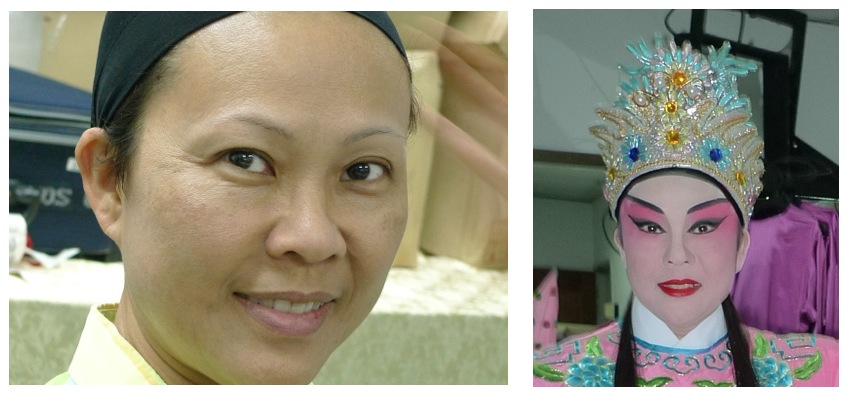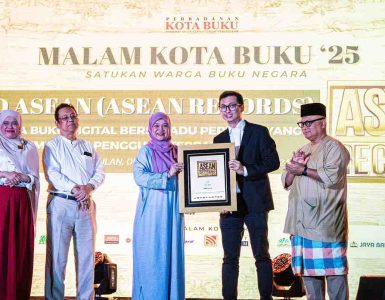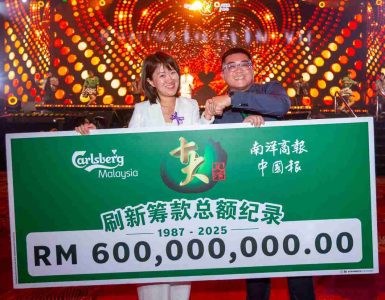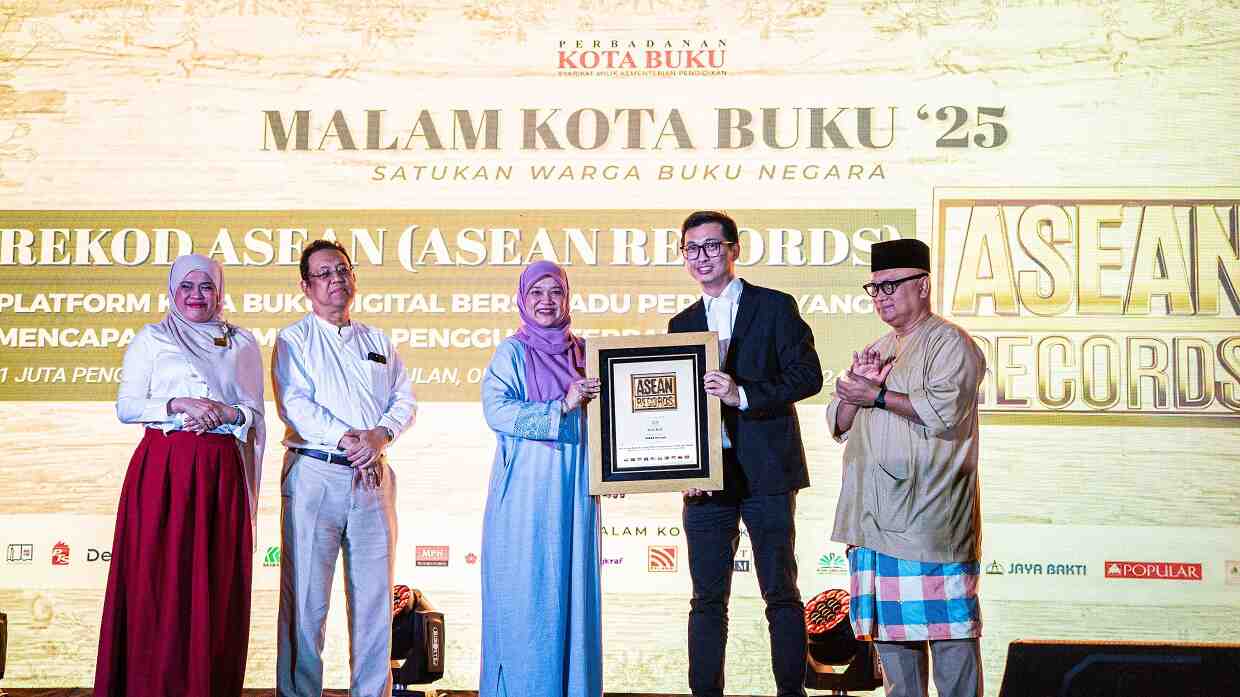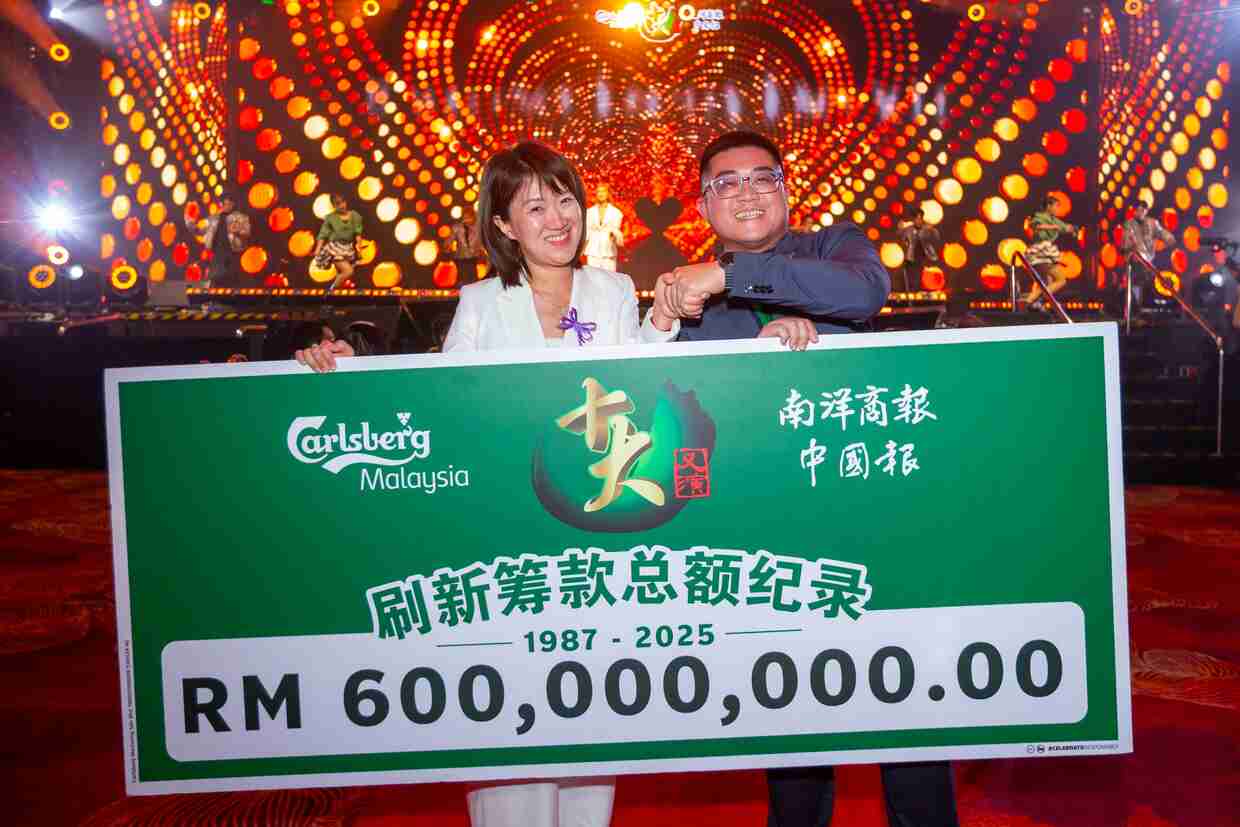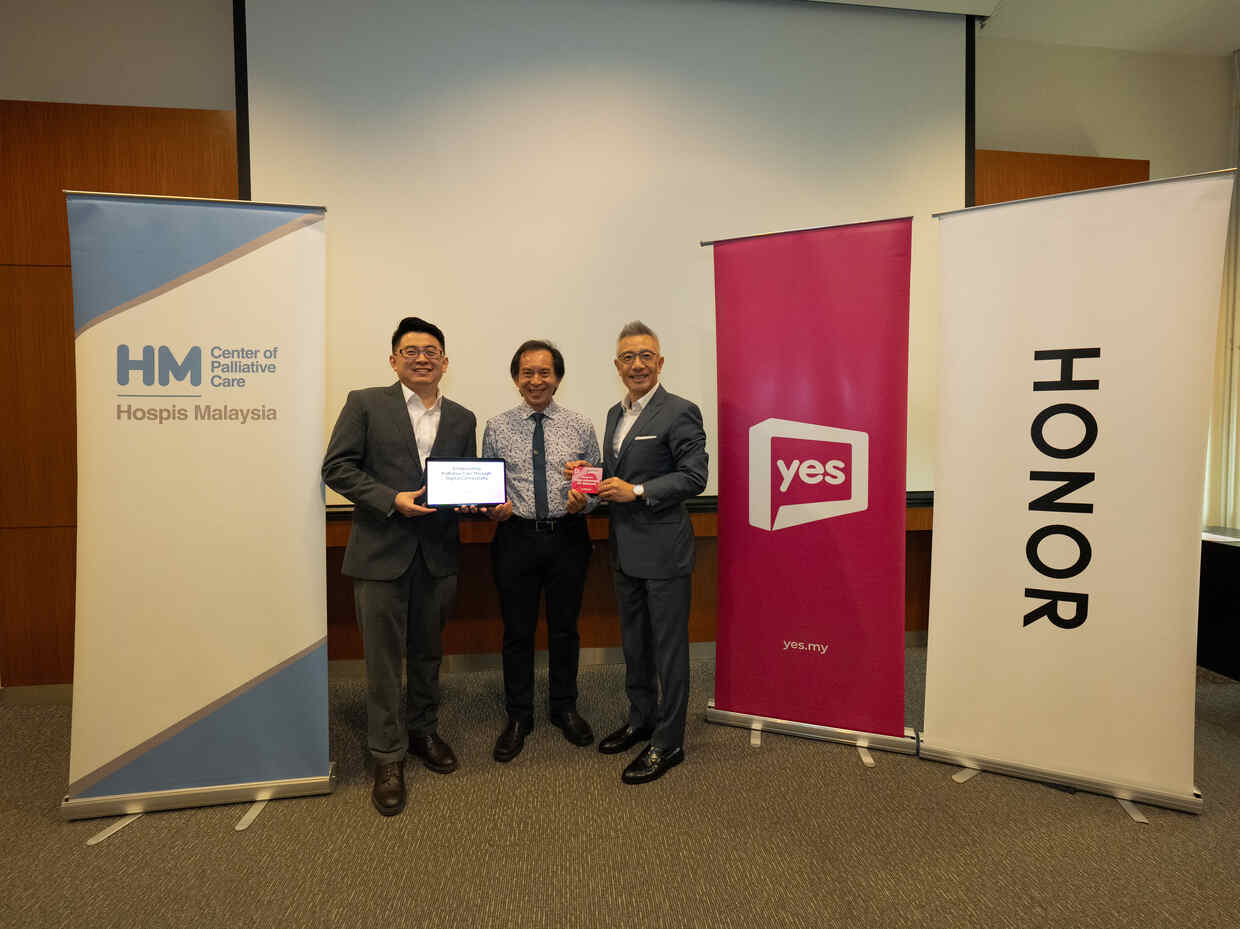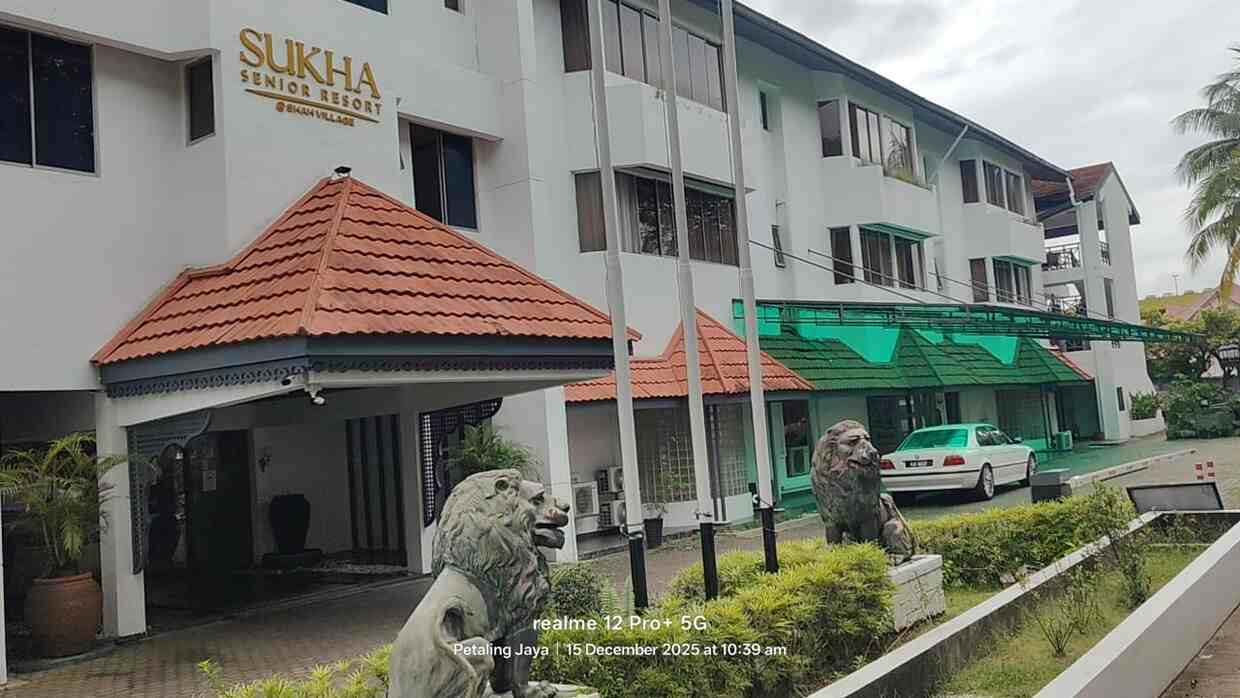Recently, Citizen Journalists Malaysia (CJMY) had an exclusive interview with Brendda Ooi an active amateur Cantonese Opera singer and actor with Perminat Opera Dan Muzikal Cina TOTALMAS Kuala Lumpur.
A mother of five children, she took it up as a hobby to fill up her time in preparation for her retirement. Though a busy businesswoman, she has a passion for the arts and even drawn her husband into it.

The Cantonese opera form was imported from the northern part of China and slowly migrated to the southern province of Guangdong in late 13th century, during the late Southern Song Dynasty.
In the 12th century, there was a theatrical form called “Southern style” or the Nanxi (Southern drama), which was performed in public theaters of Hangzhou, then capital of the Southern Song Dynasty.
Cantonese Opera was first performed during the reign of the Ming Dynasty Jiajing Emperor (1521-1567).It was used solely for the entertainment of the Emperor then.
Later through the years, other than being simply a form of entertainment, it carry messages or lessons, which was particularly important before widespread formal education.
The government often used theatre to promote the idea of be loyal to the emperor and love the kingdom. Because of this, the theatre was often examined by the government. If the underlying message was not considered beneficial, the theatre would be banned.
Many well-known operas performed today, such as The Purple Hairpin and Rejuvenation of the Red Plum Flower, originated in the Yuan Dynasty, with the lyrics and scripts in Cantonese. Until the 20th century all the female roles were performed by males.
Traditional musical instruments used in Cantonese opera include wind, strings and percussion. The winds and strings encompass gaohu, erhu, yehu, yangqin, pipa and dizi, while the percussion comprises many different drums and cymbals.
The percussion controls the overall rhythm and pace of the music, while the gaohu leads the orchestra.
Costumes correspond to the theme of the play and indicate the character of each role. It also indicate the status of the character. Lower-status characters, such as females, wear less elaborate dress, which those of higher rank have more decorative costumes.
Applying makeup for Cantonese opera is a long and specialised process. One of the most common styles is the “white and red face”: an application of white foundation, with red around the eyes and on the cheeks.
The eyebrows are sometimes elongated. Lipstick is usually bright red. Chinese opera makeup is particularly fascinating and rich in meaning. A character with mostly red makeup or a red mask is brave and loyal.
Black symbolizes boldness and impartiality. Yellow denotes ambition, while pink stands for sophistication and cool-headedness. Characters with primarily blue faces are fierce and far-seeing, while green faces show wild and impulsive behaviors.
Those with white faces are treacherous and cunning – the villains of the show. Finally, an actor with only a small section of makeup in the center of the face, connecting the eyes and nose, is a clown. This is called xiaohualian, or the “little painted face.”
Actors are given temporary face-lift by holding the skin up with a ribbon on the back of the head. This lifts the corners of the eyes, producing an authoritative look.
Hats and helmets signify social status, age and capability: scholars and officials wear black hats with wings on either side; generals wear helmets with pheasant feathers; soldiers wear ordinary hats, and kings wear crowns. Queens or princesses have jeweled helmets.
If a hat or helmet is removed, this indicates the character is exhausted, frustrated, or ready to surrender.
Hairstyles can express a character’s emotions: warriors express their sadness at losing a battle by swinging their ponytails. For the female roles, buns indicated a maiden, while a married woman has a Dai tow.
In its heyday, Cantonese opera flourished in Penang, Kuala Lumpur and Ipoh. It comes as no surprise that the art remains strong in Ipoh as Cantonese is the main Chinese dialect in these cities, but in Penang, where the majority of Chinese speak Hokkien, the art is fighting an uphill battle to keep from disappearing from the island.
For more info on how to join the troupe, Brendda Ooi can be reach at 012 338 5033 or write to her at [email protected]


